-
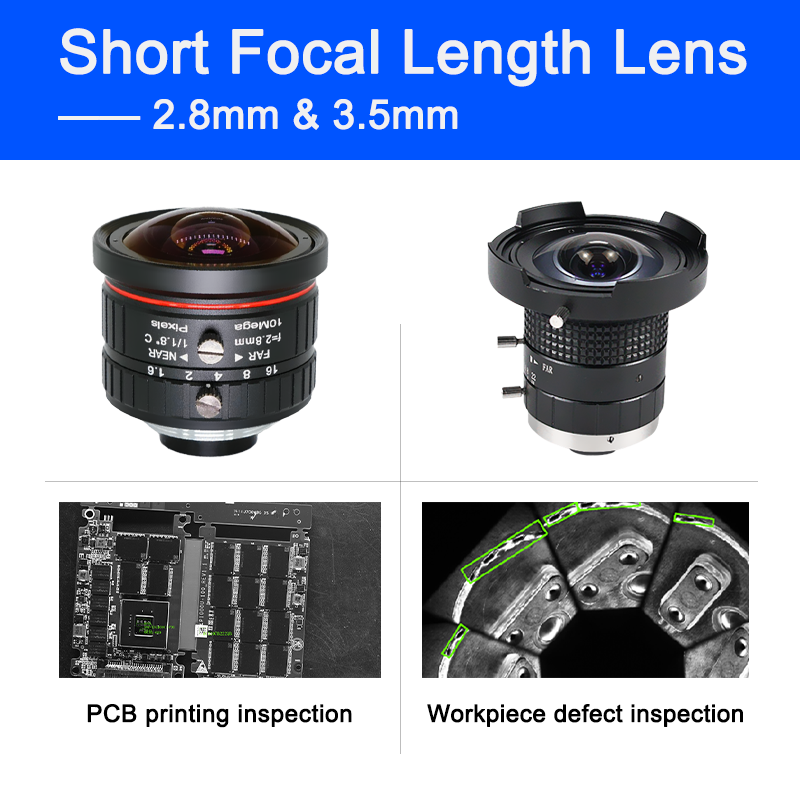
New Launch: Machine Vision FA Lenses with Ultra-Short Focal Lengths (2.8mm & 3.5mm)
2025/12/07We are thrilled to announce the official launch of our latest machine vision FA lenses, featuring two ultra-short focal length options: 2.8mm and 3.5mm. Designed to meet the growing demand for wide-angle imaging in industrial automation and machine v...
-

Applications of Short-Wave Infrared (SWIR) Cameras
2025/11/20The core application scenarios of short-wave infrared (SWIR) cameras (typically operating at a wavelength of 0.9-2.5μm) revolve around three key capabilities: "penetrating partial obstructions, night imaging, and material differentiation". The spe...
-
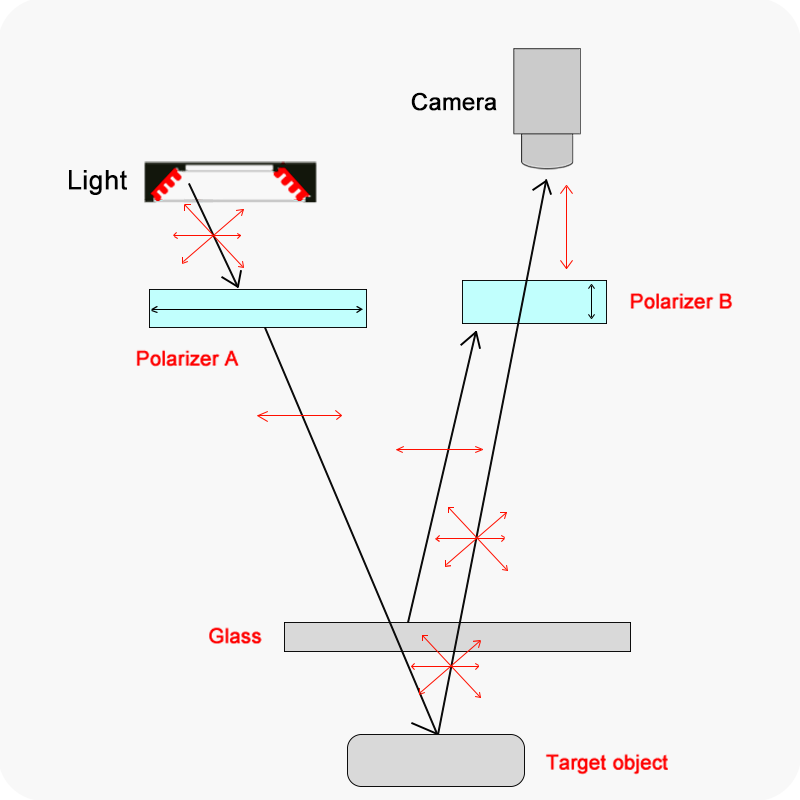
Applications of Polarization Cameras in Industrial Vision Inspection
2025/11/17In industrial vision inspection, "glare" and "hidden defects" are two major nightmares for conventional cameras: strong reflections from metal part surfaces make scratches "invisible," glare on transparent glass obscures internal bubbles, and stress ...
-
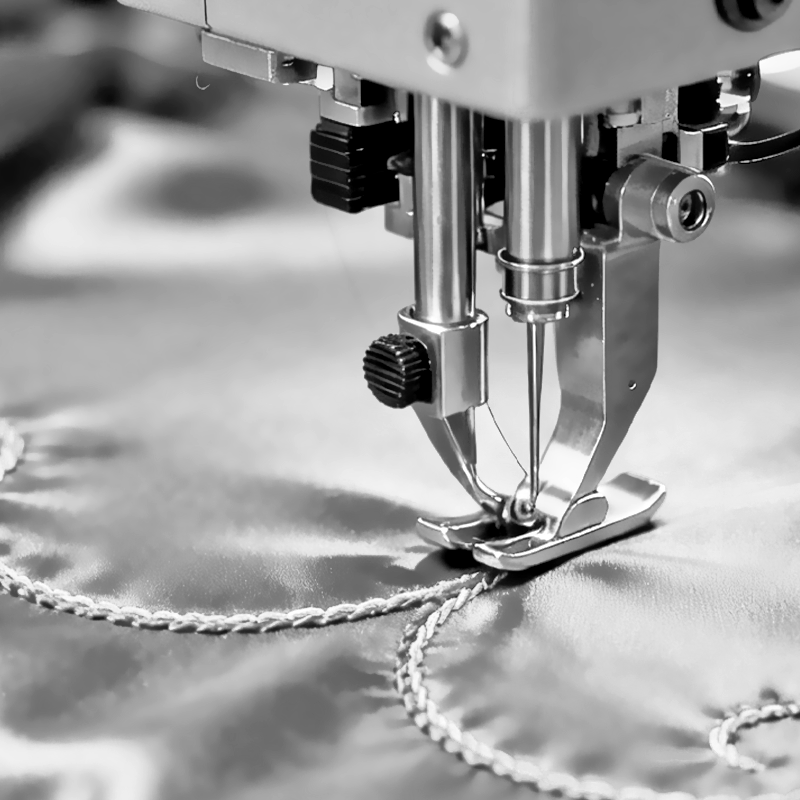
Seamless Quality: Classifying Sewing Seams on A Moving Conveyor with AI
2025/11/14In the world of apparel and textile manufacturing, the seam is the foundation of quality. A perfectly stitched seam ensures durability, comfort, and aesthetics. Yet, inspecting the consistency and integrity of seams across thousands of pieces of...
-
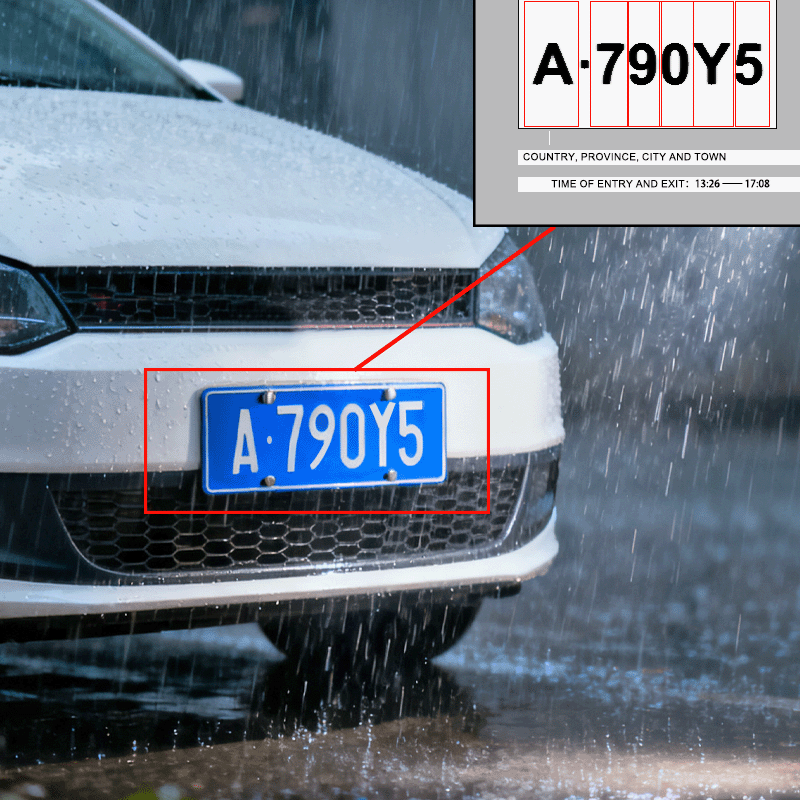
Machine Vision in License Plate Recognition
2025/11/11In the age of rapid tech advancement, machine vision has become a core of intelligent systems, revolutionizing industries by enabling machines to "see" and interpret visual data. Among its applications, license plate recognition (LPR) is one of the m...
-
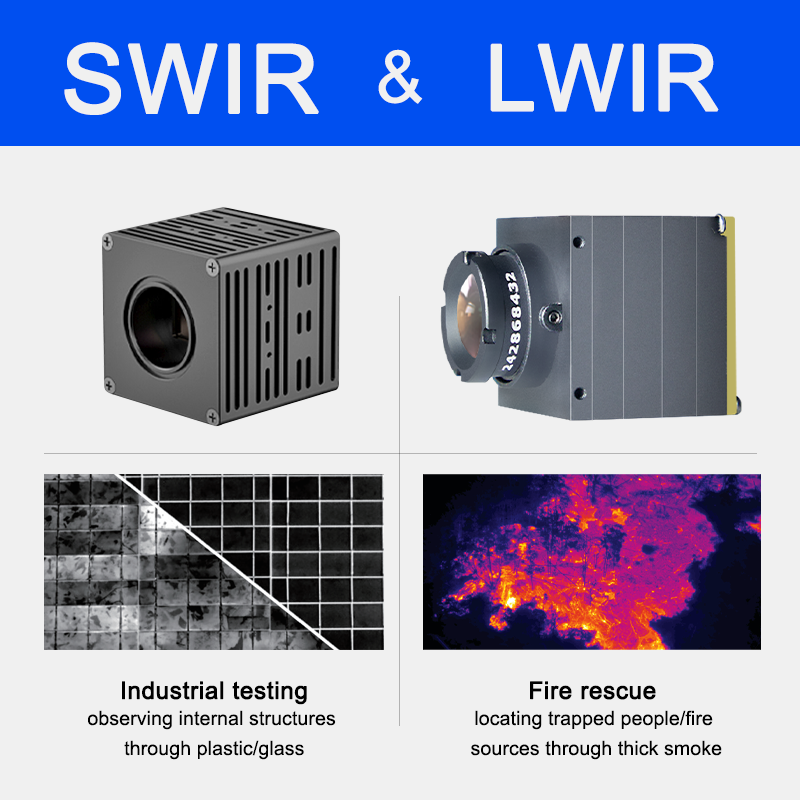
Short-wave Infrared (SWIR) Cameras And Long-wave Infrared (LWIR) Cameras
2025/11/08The core difference between short-wave infrared (SWIR) cameras and long-wave infrared (LWIR) cameras lies in the different ranges of infrared wavelengths they detect, which in turn leads to significant differences in their working principles, imaging...
-

Classic Processing Cases in the Hardware Industry Based on Machine Vision
2025/11/05The development and optimization of machine vision systems are gradually replacing many traditional manual inspection tasks. Today, we will briefly describe some application cases of machine vision inspection systems in the hardware processing indust...
-

Beyond the Beep: How Barcodes and QR Codes Power the Modern World
2025/11/03That simple beep you hear at the grocery store checkout is more than just a transaction sound—it's the sound of the entire global supply chain in action. From scanning a carton of milk to tracking a medical device, barcodes and QR codes ar...
-

Machine Vision Color Detection
2025/11/011. Introduction: Significance and Basic Concept Machine vision color detection, an integral subset of computer vision technology, leverages image sensors, optical systems, and algorithms to automatically identify, analyze, and quantify color informat...
-

Does High Lumen Affect The Service Life Of Light Sources?
2025/10/30The lumen value itself does not directly determine the service life of industrial light sources. However, it is directly related to key life-influencing factors such as light source power and heat dissipation design, thus indirectly affecting the ser...
-
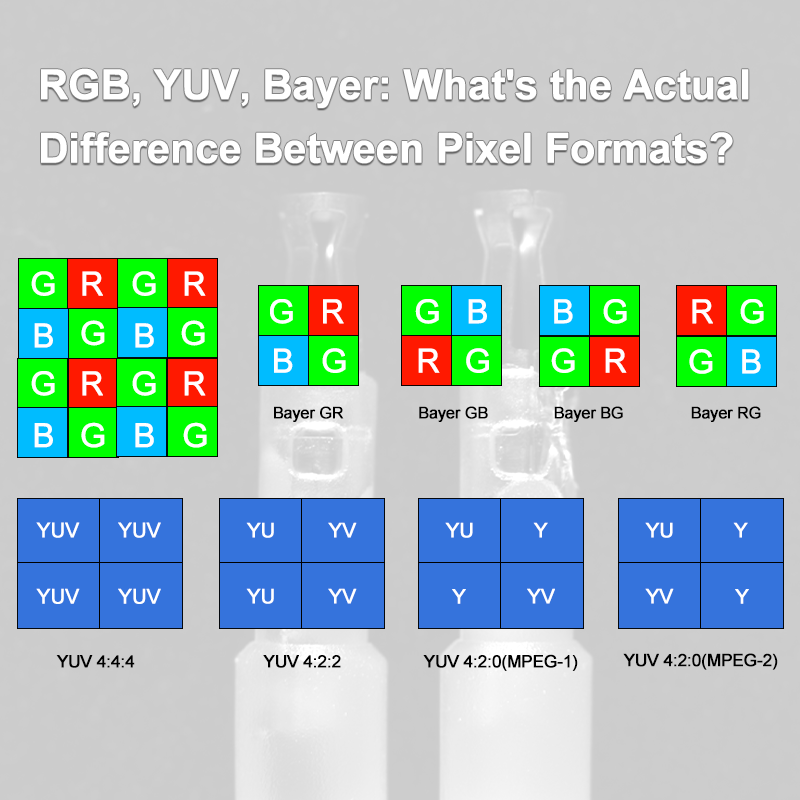
RGB, YUV, Bayer: What's the Actual Difference Between Pixel Formats?
2025/10/28Today, let's talk about an important parameter of industrial cameras – Pixel Format. 1. What is a Pixel Format? Pixel Format refers to the storage method and data organization structure of each pixel when a camera captures an image. Indu...
-

Perfect Placement, Peak Performance: Ensuring Relay Heater Alignment with Machine Vision
2025/10/26In the world of electrical components, a fraction of a millimeter can be the difference between a reliable product and a catastrophic failure. This is especially true for thermal overload relays, vital devices that protect motors and equipment from d...


